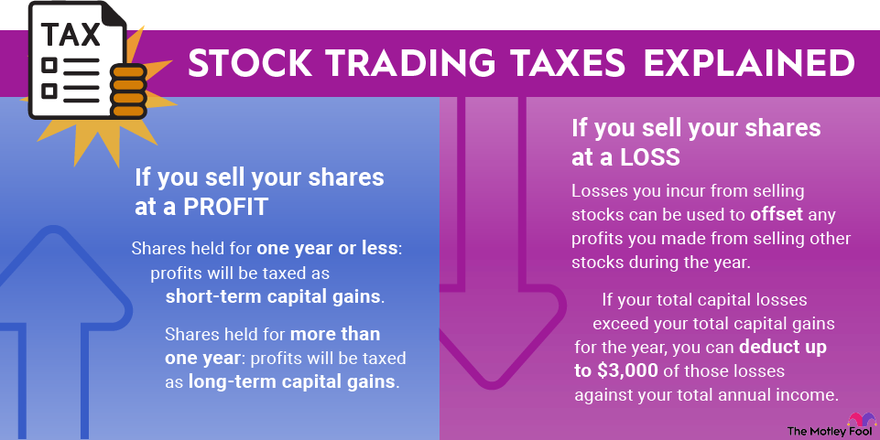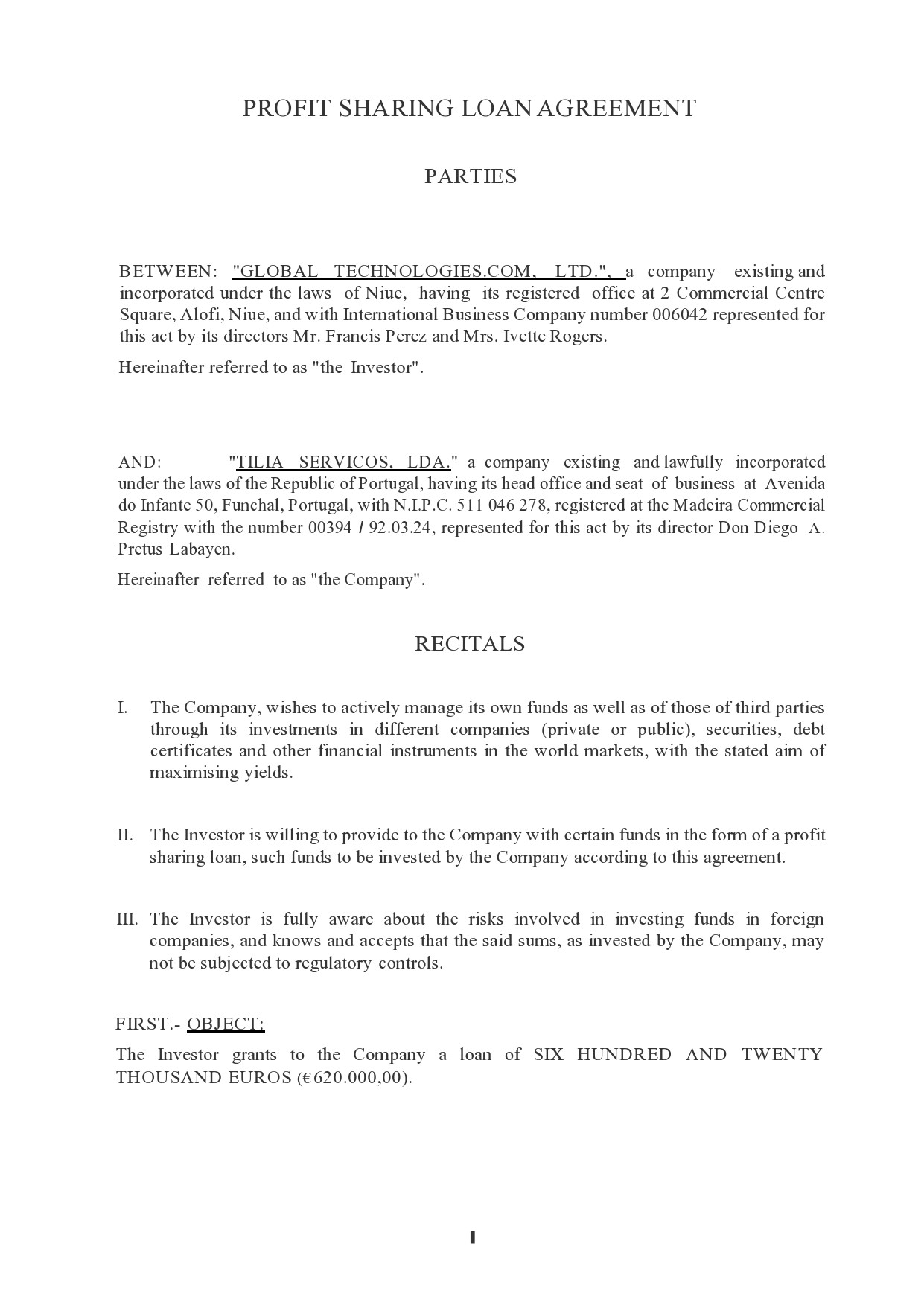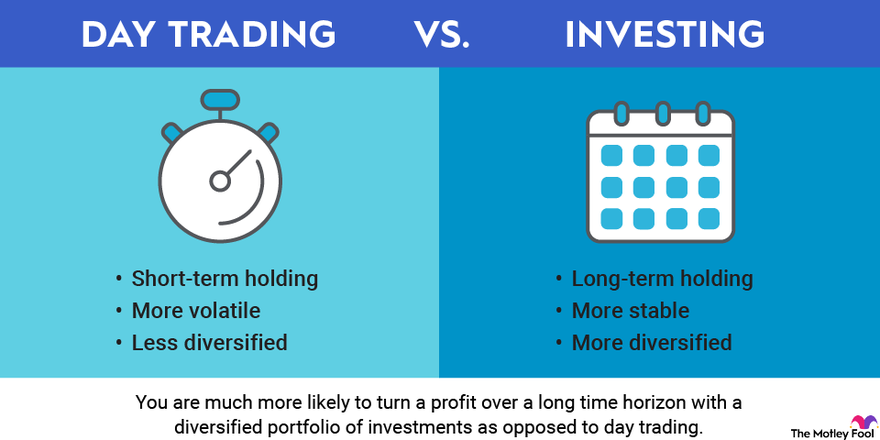Did you know that some day traders are more obsessed with profit splits than kids are with pizza? In the world of day trading prop firms, profit sharing is a key element that shapes a trader's journey. This article dives into what profit sharing means in prop trading, how splits work, and what percentage traders typically receive. We’ll explore the calculations behind profits, various profit-sharing models, and how these arrangements can motivate traders. Additionally, we’ll discuss performance thresholds, costs deducted before sharing, and the variability among different firms. Learn about risk management, advantages and disadvantages of profit sharing, and the impact on income stability. Finally, we’ll touch on legal considerations and transparency in profit-sharing agreements. Join us as we unpack these essential aspects, brought to you by DayTradingBusiness.
What is profit sharing in day trading prop firms?
Profit sharing in day trading prop firms is the distribution of earnings between traders and the firm. Traders keep a percentage of the profits they generate, often ranging from 50% to 80%, while the firm takes the rest as a fee or risk management margin. It incentivizes traders to perform well, as higher profits mean more income for them. This model allows traders to access capital, leverage, and resources without risking their own money, earning a share of the profits they produce.
How do profit splits work in prop trading firms?
In prop trading firms, profit splits are how traders and the firm share earnings from trading. Typically, traders keep a percentage of the profits they generate—often between 50% and 80%—while the firm takes the rest as a fee or for covering costs. The exact split depends on the firm's policies, trader experience, and performance. Some firms have tiered splits, offering higher percentages as traders hit certain profit milestones. Traders usually receive their share after deducting any fees, risk management costs, or capital allocations. The goal is to motivate traders while ensuring the firm covers its expenses and risks.
What percentage of profits do traders typically receive?
Traders typically receive around 80% to 90% of the profits in day trading prop firms.
How are profits calculated in a day trading prop firm?
In a day trading prop firm, profits are calculated by subtracting trading costs (like commissions and fees) from the total gains on your trades. The remaining amount is then split between you and the firm based on your profit-sharing agreement, often ranging from 50% to 80% for the trader. If you hit the profit target set by the firm within the trading rules, the net profit after costs determines your payout.
What are common profit sharing models in prop trading?
Common profit sharing models in prop trading include the 80/20 split, where traders keep 80% of profits, and the firm takes 20%. Some firms use a 70/30 or 50/50 split, especially for newer traders. Others offer tiered models, increasing trader share as they hit profit milestones. Some incorporate a fee structure, like a monthly fee plus profit share, while others focus solely on profit splits. Performance-based models reward traders with higher percentages as they generate consistent profits.
How does profit sharing motivate day traders?
Profit sharing motivates day traders by giving them a direct financial stake in their success. When traders keep a percentage of their profits, they’re driven to work harder, analyze better, and take calculated risks. It aligns their goals with firm objectives, making trading more rewarding and encouraging consistent performance.
Are there minimum performance thresholds for profit sharing?
Yes, most prop firms set minimum performance thresholds for profit sharing, such as a specific daily, weekly, or monthly profit target that traders must meet to qualify for profit splits.
What fees or costs are deducted before profit sharing?

Before profit sharing in day trading prop firms, fees like platform or technology fees, educational costs, and sometimes a licensing fee are deducted. Some firms also charge a monthly or quarterly evaluation fee. These costs are subtracted from your gross profits, so actual profit sharing is based on what's left after these deductions.
Can profit sharing vary between different prop firms?
Yes, profit sharing varies between prop firms. Some firms take a fixed percentage of profits, others offer a daily or monthly split, and some have tiered structures based on performance. The specific terms depend on the firm's policies, trading rules, and negotiated agreements.
How is risk managed in profit-sharing agreements?

Risk in profit-sharing day trading prop firms is managed through strict trading limits, predefined loss caps, and risk controls. Traders often have daily or weekly loss thresholds they can't exceed, preventing large losses. The firm may also require adherence to specific trading strategies and monitor performance closely. Some agreements include stop-loss orders automatically enforced to limit downside. Profit-sharing is structured so that the firm retains a portion of gains, incentivizing traders to minimize losses and protect capital.
What are the advantages of profit sharing for traders?
Profit sharing motivates traders by aligning their earnings with performance, encouraging higher effort. It reduces upfront costs for traders, lowering barriers to entry. Sharing profits fosters loyalty and long-term commitment to the prop firm. It incentivizes traders to maximize gains, benefiting both parties. Plus, it creates a collaborative environment where success is a shared goal.
What are the disadvantages of profit sharing for traders?
Profit sharing can reduce a trader’s motivation to maximize individual gains since a portion of profits goes to the firm. It may limit earning potential if the trader’s share is small after splits. Traders might feel less incentivized to take high-risk trades that could boost their earnings because of shared profits. It can create conflicts over risk management, especially if traders prioritize steady payouts over aggressive growth. Additionally, profit sharing structures can complicate performance evaluation and lead to disagreements over fair distribution.
How does profit sharing impact a trader’s income stability?

Profit sharing can make a trader’s income less predictable because earnings depend on the firm’s performance and the trader’s share of profits. When the firm does well, the trader’s income increases; during downturns, it drops. This variability can challenge consistent income flow, especially if the trader relies heavily on profit sharing.
What legal considerations exist in profit sharing agreements?
Profit sharing agreements in day trading prop firms must clarify ownership rights, tax obligations, and dispute resolution methods. They should specify profit calculation methods, withdrawal terms, and the duration of the agreement. Ensure compliance with securities laws and licensing requirements. Clearly any restrictions on trading activities, and include confidentiality clauses. Check for enforceability under local contract law to avoid future disputes.
How do traders negotiate profit sharing terms?
Traders negotiate profit sharing in day trading prop firms by discussing percentage splits, often starting around 50/50, and bargaining based on experience, track record, and trading volume. They highlight their performance history, demonstrate consistent profitability, and negotiate for higher shares or better terms. Some may request tiered splits that improve as they hit targets or demonstrate reliability. Clear communication of expectations and flexibility help secure favorable profit sharing agreements.
What happens if a trader incurs losses in a profit-sharing model?
If a trader incurs losses in a profit-sharing model, those losses reduce their share of the profits but typically don’t require them to pay back the losses directly. The trader’s remaining capital and profit share are affected, and repeated losses might lead to increased scrutiny or restrictions from the prop firm. If losses hit a set risk limit, the trader may be temporarily or permanently removed from the trading account.
How transparent are profit sharing calculations in prop firms?
Profit sharing calculations in prop firms are usually transparent, with firms clearly outlining how profits are split, often in contracts or agreements. They typically specify the percentage traders receive, how fees are deducted, and any performance thresholds. Some firms provide detailed reports or dashboards showing real-time profit calculations, while others stick to standard formulas explained upfront. Overall, reputable prop firms make the profit split process straightforward and easy to understand.
What are the common challenges in profit-sharing arrangements?
Common challenges in profit-sharing in day trading prop firms include disagreements over profit split percentages, disputes about defining eligible profits, and conflicts over trading performance assessments. Traders may feel undervalued if splits are too low or if profit calculations aren't transparent. Additionally, inconsistencies in evaluating trading behavior or risk management can cause friction. Sometimes, profit-sharing terms aren’t clear upfront, leading to misunderstandings or disputes later.
How is profit sharing different from traditional employment pay?
Profit sharing in day trading prop firms splits profits between traders and the firm, often based on a percentage, rather than paying a fixed salary or hourly wage. Traditional employment pay is a steady salary or hourly rate regardless of profit outcomes. In profit sharing, traders earn more if the firm profits, aligning their incentives with performance; in traditional jobs, pay remains steady regardless of company success.
Conclusion about Profit Sharing in Day Trading Prop Firms
In summary, profit sharing in day trading prop firms offers a unique incentive structure that aligns the interests of traders and firms. Understanding the mechanics of profit splits, common models, and the impact on income stability is crucial for success. Traders should carefully evaluate the terms and conditions, including fees and performance thresholds, to maximize their potential earnings. By leveraging insights from DayTradingBusiness, traders can navigate the complexities of profit sharing effectively, enhancing their trading experience and profitability.
Learn about How Do Prop Firms Affect Day Trading Strategies?